Uncover Hidden Nutrient Deficiencies with Tissue Testing
Are you able to look at a plant and know exactly which nutrients might be limiting yield this growing season? In some cases, a [...]
Nitrogen and Soybeans: Mineralization, Nodules and Fertilizer
Soybeans are amazing plants. Unlike our other major crop in Illinois, they’re not as cut and dried which is usually a good thing. Have [...]
The Surprising Story of Soil Compaction Caused by Water
We’ve all seen water standing in low spots as we’re driving by fields, but why is the water there? Is there nowhere for the [...]
Which Nutrient Does Your Soybean Crop Crave?
What is the most important nutrient for a soybean crop? Depending on who you ask, potassium, nitrogen or manganese might be the answers you [...]
Innovative Biodiesel Business Opportunity
This article was originally published in the January issue of Soy Perspectives magazine. Illinois soybean farmers commonly are aware of numerous benefits that biodiesel [...]
Unlocking the Secret to Sulfur in Soybeans
Sulfur is one of the essential nutrients that is required by all plants to live and successfully complete their life cycle. Just like any [...]
Western Illinois University Evaluates Impact of Pennycress
In 2019, Western Illinois University (WIU) announced the reception of a 10 million dollar USDA-NIFA grant. WIU will be the lead institution for this [...]
Understanding Crop Nutrients
Let’s take a trip back in time to 6th grade science – and class, today we’re going to review the Periodic Table of Elements. [...]
PODCAST: Soil Compaction Restoration
CCA Soy Envoy, Dave Rahe, looks at soil compaction caused by planting in less than ideal soil conditions and what soybean growers can do [...]
Seeing is Believing
In modern production agriculture, sometimes we need to see proof before we can believe. Every year growers perform on-farm research trials to search for [...]

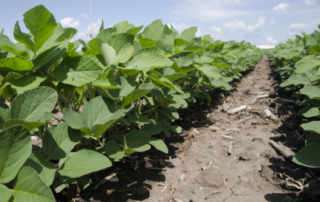
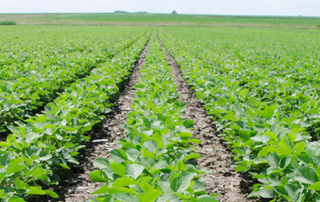
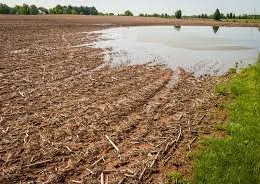




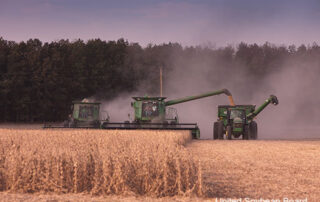
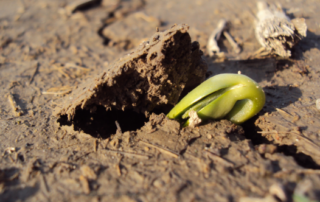
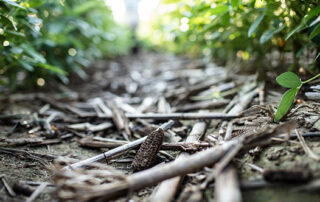

 and then
and then